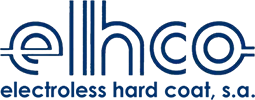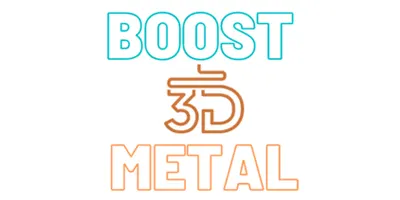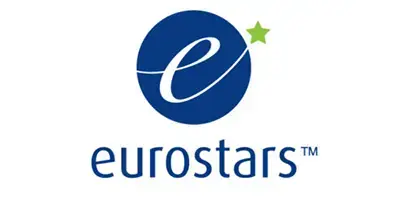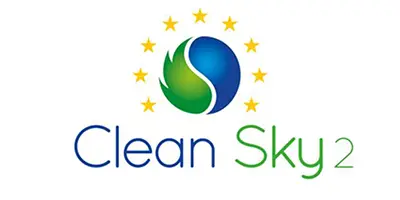Call: Aeronautical Technological Program (PTA), subsidized by the CDTI within the framework of the Recovery, Transformation and Resilience Plan of the Ministry of Science and Innovation.



SUMMARY
For determined aeronautical systems that are subjected to stress, the use of Ultra High Strength Steels (UHSS) is required. When these steels they have additional friction associated, the plating of these zones with hard chrome is crucial. Currently, hard chrome is electrolytically produced with a solution that contains hexavalent chrome, which has high toxicity and is included in annex XIV of the REACH regulation. To date, there is no alternative that can directly replace the current applications of hard chrome. The situation becomes even more complex in the case of the aeronautical sector, where the approval of new treatments needs 3-4 years starting from the development finish of the new treatment.
Following the trail of the project TRUE-REPLACE, the main objective of the SUSCROM project is based on the need to find an alternative that allows the replacement of hard chrome for other more sustainable solutions. The strategy of the SUSCROM project has been conceived from the results obtained in the project TRUE-REPLACE and combines known electroless nickel-phosphorous processes and the development of chromium plating that contains trivalent chrome. The project proposes a holistic approach that considers the chemistry of the formulations and its monitoring, process conditions, the necessary auxiliary equipment for electrolyte regeneration and the validation of the alternatives in test bench, alongside the connectivity of the equipment in a virtual environment.
The consortium that will carry out this project is made by 4 national SMEs which have complementary skills: CHEMPLATE, SURTECH, EGILE and ELHCO, where each one of them provides their specific knowledge to the rest to get the best results.
For determined aeronautical systems that are subjected to stress, the use of Ultra High Strength Steels (UHSS) is required. When these steels they have additional friction associated, the plating of these zones with hard chrome is crucial. Currently, hard chrome is electrolytically produced with a solution that contains hexavalent chrome, which has high toxicity and is included in annex XIV of the REACH regulation. To date, there is no alternative that can directly replace the current applications of hard chrome. The situation becomes even more complex in the case of the aeronautical sector, where the approval of new treatments needs 3-4 years starting from the development finish of the new treatment.
Following the trail of the project TRUE-REPLACE, the main objective of the SUSCROM project is based on the need to find an alternative that allows the replacement of hard chrome for other more sustainable solutions. The strategy of the SUSCROM project has been conceived from the results obtained in the project TRUE-REPLACE and combines known electroless nickel-phosphorous processes and the development of chromium plating that contains trivalent chrome. The project proposes a holistic approach that considers the chemistry of the formulations and its monitoring, process conditions, the necessary auxiliary equipment for electrolyte regeneration and the validation of the alternatives in test bench, alongside the connectivity of the equipment in a virtual environment.
The consortium that will carry out this project is made by 4 national SMEs which have complementary skills: CHEMPLATE, SURTECH, EGILE and ELHCO, where each one of them provides their specific knowledge to the rest to get the best results.
OBJECTIVES OF THE PROJECT
The specific objectives of the SUSCROM project are the following:
OTHER PROJECTS
BOOSTing 3D printed METALs through specific surface treatment methods and advanced tools
Estado actual: In progressDevelopment of new masks based on thermo-strippable resins for selective surface treatments.
Actual state: FinalizedInvestigation and modelling of Hydrogen effusion in electrochemically plated ultra-high-strength-steels used for landing gear structures
Actual state: FinalizedDevelopment of a viable and sustainable alternative to hexavalent hard chrome for functional applications in aeronautical and automotive industries.
Actual state: Finalized





